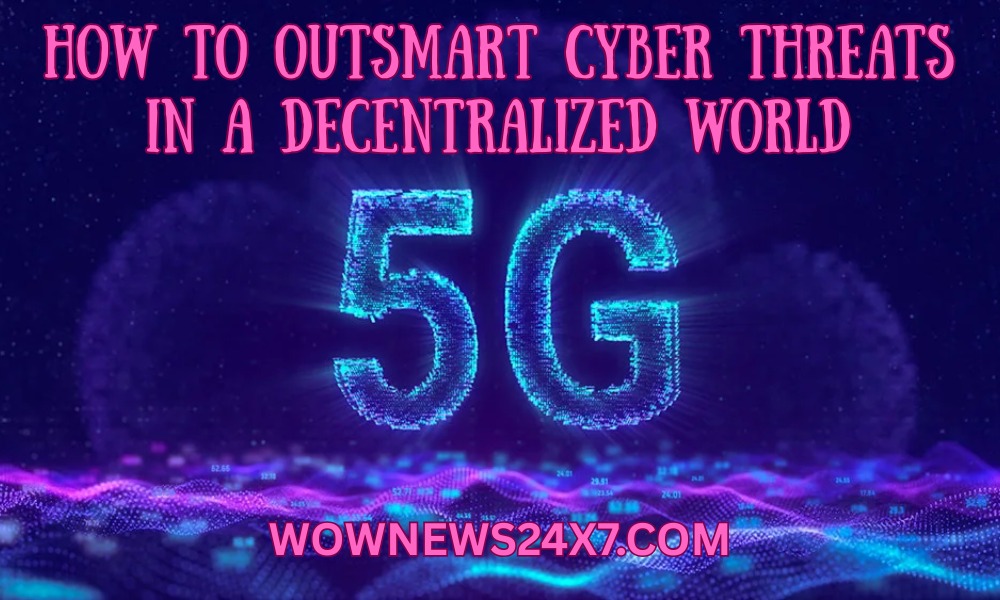The rapid rollout of 5G and edge computing introduces unprecedented security challenges such as expanded attack surfaces, supply chain risks, and IoT vulnerabilities. This newsletter explores these threats in detail and highlights effective mitigation strategies including zero trust architectures, AI-driven defense, and stringent regulatory compliance to protect modern digital ecosystems.
The combined technological advances of 5G and edge computing offer transformative benefits for communication speed, latency, and localized data processing. However, this evolution exposes novel security vulnerabilities that must be urgently addressed to protect sensitive data, ensure service continuity, and maintain consumer trust.
Key Vulnerabilities in 5G and Edge Computing
Expanded and Distributed Attack Surfaces: Unlike traditional centralized networks, 5G’s software-defined architecture coupled with highly distributed edge nodes increases exposure to cyberattacks, complicating perimeter defense and making unauthorized intrusions more likely.
Physical and Network Security Gaps: Edge servers deployed in varied physical locations often lack robust physical security measures, elevating risks of tampering and exploitation. Network environments are similarly susceptible without consistent encryption and authentication standards.
Supply Chain Risks: The fragmented vendor ecosystem supporting 5G and edge infrastructure creates entry points for malicious hardware or software insertion that can compromise entire networks undetected.
IoT and Device Heterogeneity: Billions of diverse IoT devices connecting via 5G-enabled edge platforms often have minimal security, serving as favorite targets for botnets and distributed denial of service (DDoS) attacks.
Effective Measures to Tackle Emerging Threats
Zero Trust Security Architectures: Stringent zero trust models reject implicit trust, requiring continuous verification of users and devices regardless of location. This approach is vital for 5G-edge networks’ dynamic and distributed nature.
AI-Enabled Threat Detection: Machine learning algorithms monitor network traffic patterns in real time, identifying anomalies indicative of cyberattacks or insider threats, enabling rapid automated responses to contain breaches.
End-to-End Encryption and Multi-Factor Authentication: Robust encryption for data in transit and at rest combined with strong authentication protocols ensure data confidentiality and integrity across complex network segments.
Supply Chain Security Protocols: Comprehensive vetting of vendors, hardware authentication, and blockchain-based hardware provenance tracking enhance trustworthiness and reduce tampering risks.
IoT Security Enhancement: Securing IoT nodes with hardware security modules, firmware updates, endpoint detection, and network segmentation limits device exploitation and lateral threat movement.
Regulatory Compliance and Standardization: Adherence to global standards and regulations, including data sovereignty laws and cybersecurity certifications, fosters harmonized security practices and accountability across operators and service providers.
Workforce Training and Collaboration: Governments and industries must invest in upskilling cybersecurity talent, encouraging information sharing among stakeholders to counter increasingly sophisticated attacks.
As 5G and edge computing underpin the next era of digital transformation, proactive, comprehensive security frameworks are essential. Combining technology, governance, and collaboration will empower organizations to harness innovation while mitigating risks effectively.
Sources: KPMG Insights, IBM Predictions, SentinelOne Cyber Trends, Data Security Council of India, World Economic Forum.
